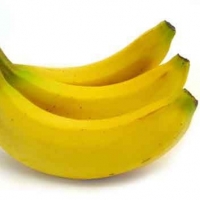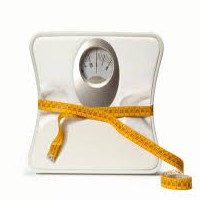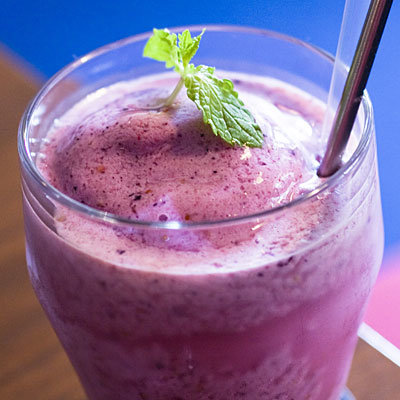Lose Weight > Weight Loss Tips > Weight Loss Articles > Pure Acai Berry Helps You to Lose Weight with Proper Diet Program
Pure Acai Berry Helps You to Lose Weight with Proper Diet Program
When it comes to achieving weight loss, the simplest approach would be to count calories. However, recent studies have discovered that most dieters greatly undervalue the number of calories they are eating, leading to unnecessary weight gain instead of weight loss...
This situation stems from two factors - misleading calories on labels and our own inner lies about the foods we consume.
For example, how regularly have you forgotten to include a muffin to your daily intake thinking its calories are inconsequential or have bypassed the amount of coffee or cranberry juice you have drunk during the day?
Without even knowing it, many of us are sabotaging our weight loss plans simply by not recognising what we are ingesting.
What should I do?
To achieve permanent, safe weight loss lots of medical professionals suggest ingesting no fewer than 1,200 calories a day. This provides your body with the sufficient nutrients it needs to work whilst prompts it to use your existing fat stores to make energy and thus support you to lose weight.
But what else should you be doing?
1. Purchase a food journal - to ensure you are not subconsciously consuming more calories than you think, try keeping a food journal where you can list everything you eat and drink, as well as the number of calories each contains.
Food diaries are a great way to notice the weak aspects of your dietary plan and recognise your triggers.
2. Educate yourself - not all calories are healthy calories, so even though you may believe you are eating only 1,200 calories a day, if these nutrients are based on ready meals which are high in fat and sugar, this can hinder your weight loss.
In addition, even though pasta, brown rice and potatoes etc are recommended for weight loss; if you do not workout often enough to get rid of these carbohydrates, these calories will be turned into stored fat that is harder to burn.
3. Look at the label - even though not all foods, such as fruit and vegetables, show calorie statistics, it is still possible to analyse the calorie size of all your meals thanks to the web.
The key is to remember to look at all your labels, and precisely calculate the calories in all of your portions/drinks. Guessing these calories will prompt you to unknowingly underestimate them, and allow you eat more than you think.
4. Measure your meals - most product labels nowadays inform you how many calories there are in the entire product as well as per a particular portion size. Whilst these indicators on portion sizes are beneficial, unless you know the total weight of what you are eating, it is easy to allow yourself eat more whilst allowing yourself think you have consumed their recommended portion.
This is where swapping pre-cooked foods for freshly made dishes is useful. By cooking all your snacks from scratch, you can see exactly how much you are eating and manage your calorie intake. In addition, by preparing dishes for yourself you can learn more about correct meal sizes and the real weight values of foods.
However if, you are still finding it hard to get in shape, incorporating a weight loss tablet into your dietary plan can help. Ingested as part of a healthy, nutritious lifestyle, natural Pure Acai Berry will help you to achieve your weight loss goals by boosting your metabolism and allowing your body to burn more calories.
Related Articles
-
Developing Mental Toughness For Permanent Weight Loss
Losing weight and keeping it off is much more than eating right and ex
-
Cardio Mistakes You're Still Making
The controversies over cardio for fat loss are endless: steady state v
-
How to Track My Wifes Cell Phone Calls
It is a sad state of the current world that there is increasing divorc
-
Cheat Your Way Thin - New Diet Secret that Will Shock You!
Cheat Your Way Thin - New Diet Secret that Will Shock You! Learn Abou
-
What You Need to Know about Cellulite Reduction Massage
Are you ready to say goodbye to your cellulite? How does an hour of co
-
7 Foods That Boost Metabolism
The level of metabolism in your body is oftentimes influenced by t
- DON'T MISS
- Diet Pills Healthy
- NotOneOunce -- The Run-up To Thanksgiving
- Houmous
- Feeling Tired? Cant Lose Weight? Tap Into Protein Power!
- The Truth About Fat
- Long haul Diet Plans Are Essential for Leading a Fit and Healthy Life
- Take a Look at this Simple Weight Loss Program for Serious Outcomes!
- Capsiplex Pills - An Effective Supplement For Weight Loss
- Healthy Diet Plans For Kids
- Which Foods Will Help You Lose Weight?




